How to Start a Homestead Without Land: 5 Things You Can Do

If you’re wondering how to start a homestead without land or much space, you’ve come to the right place. I'm a homestead dreamer with a deep longing to live more rooted in the land but for now, I live in a city.
Purchasing land is a goal that is still a few years away for me. In the meantime, between my nine-to-five job, on weeknights and weekends, you'll find me gardening, preserving, and learning.
Until I can get out of the city I am turning my waiting room into a classroom and learning skills to adopt a homestead diet and lifestyle that can work right in my townhouse.
Homesteading without land
I've started my journey of becoming a farm girl by working with what I've got, and for me, that means homesteading without land. The process has shown me that many of the pleasures and benefits of homesteading are in fact available to anyone.
No matter your current square footage I encourage you to start living a farm fresh life without land or livestock. You too can start in a small space during your spare time. Let's get into some ways you can create your own micro homestead.
1. Growing herbs
I've come to enjoy the many health and culinary benefits of growing herbs. Thankfully herbs are voracious growers. In the cool of the evening, I enjoy picking bunches of oregano, thyme, sage, and other herbs to air dry.
I suspend my herbs on kitchen door knobs and window curtains. Not only does this visual give me delight each time a new bundle appears, but it's also been an easy and cheap way of replacing store-bought herb blends. You can't beat the freshness of my backyard basil.
Learn about which herbs, fruits, and veggies I'm growing in my balcony garden here.
2. Preserving food
Learning to preserve seasonal produce is not only the most economical way to get produce, but you also get the best quality. You'd be surprised how quickly you can build a pantry.
It’s also reassuring that everything is sourced with ingredients that you control. You control the amount of added salt, and sugar.
With just one to two canning sessions a week, as summer fruits come into season, I can preserve so much.
3. Fermenting
I have dabbled with basic fermentation in the past, but an unintended yet surprisingly beneficial outcome of the canning shortage was that I took a second look at fermenting.
Other than yogurt, I did not grow up eating fermented foods. After studying several helpful books which expertly showed how to tailor flavors, I got hooked. The time and equipment are low cost, and you're making your own gut-healthy probiotics.
Kombucha
I have been a kombucha maker and canner for years, so I'm assuming my detour into food fermentation was probably inevitable. I have truly enjoyed adding this new preservation method to my pantry and skill set. Adding herbs like sage, and mint really give it a customized flavor.
Best of all, the end result gives me a product that I had a small role in creating.
The exterior of my home occasionally features my homestead projects. During the summer months, I'll set my food ferments and kombucha canisters outside to take advantage of the warmer temperatures.
My neighbor has been intrigued for a while and finally took me up on my offer to get her started with her own kombucha brew. Live your farm dream out loud because you never know who you can inspire.
4. Vertical planters
Let's move to the garden. This year I added two GreenStalks, which are vertical planters. You can plant 30 or more full-size crops in just under 2 square feet.
Admittedly, it's a purchase I delayed for a while, but now that I have them, I wish I would have purchased them sooner. It's proven to be the best space-saving solution. It's easy on my back and joints, and better yet, it didn't require tools to assemble.
5. Make your own condiments
Here's a snapshot of the outdoor retreat even we townhouse garden homesteaders can attain. I have made herb butter and mint jelly. I have made basil pesto. I’ve even made vitamin and herb water all from this humble space.
While condiments are usually pricey additions to your grocery cart, that's not the case when you make them yourself.
I recently made my own Dijon mustard recipe, which is even better tasting than the popular premium brand. Stirred into breakfast casseroles, dressings, or pasta dishes, it's delicious and way too easy to make.
Apricot and pepper chutney
I’ve discovered a great canning recipe using produce from my garden. It is my apricot and pepper chutney. The apricots lend their sweetness and chewy texture to the savory taste of the peppers and onions. I use it to spread on crackers, as a filling for meats, or as sandwich spreads.
How to start a homestead
Don’t let limited space or lack of a garden prevent you from living out your homestead dreams. There is so much you can do to grow and preserve your own produce.
Vertical planters, growing your own herbs, and fermenting your produce, are just a few ways you can start your homesteading journey, wherever you are.
Feel free to leave questions or comments in the comment section if you’re interested in starting your own urban homestead.




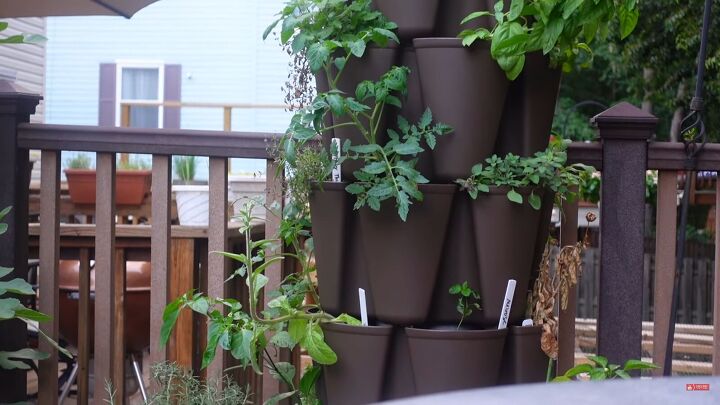





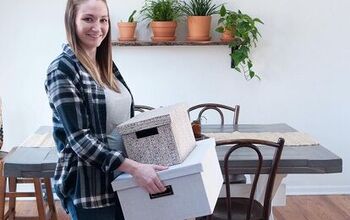

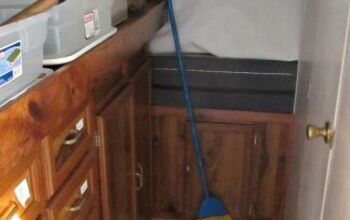



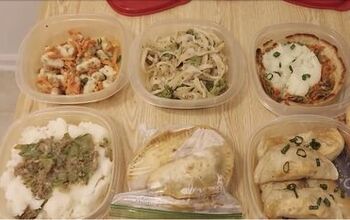

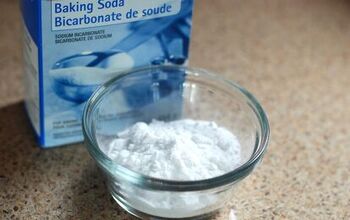
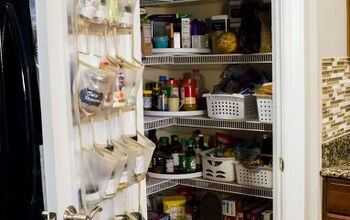

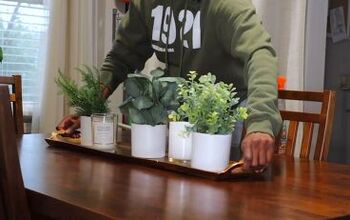

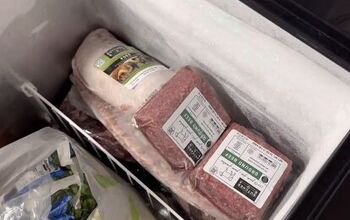

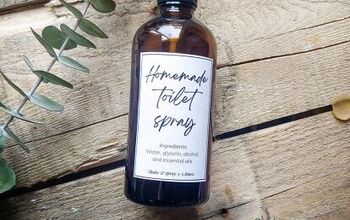
Comments
Join the conversation
This was excellent and I shared video with two grown daughters! Good on ya! Thank you!
You are hands down one of the most inspiring content that Simplify has gone towards!!! I love that you are doing healthy verses feed a family of 10 for 1 dollar a week. I love saving money... Don't get me wrong. I think your approach is 1000% more beneficial to your health!!! You are an INSPIRATION!!!! You go beautiful!🤛